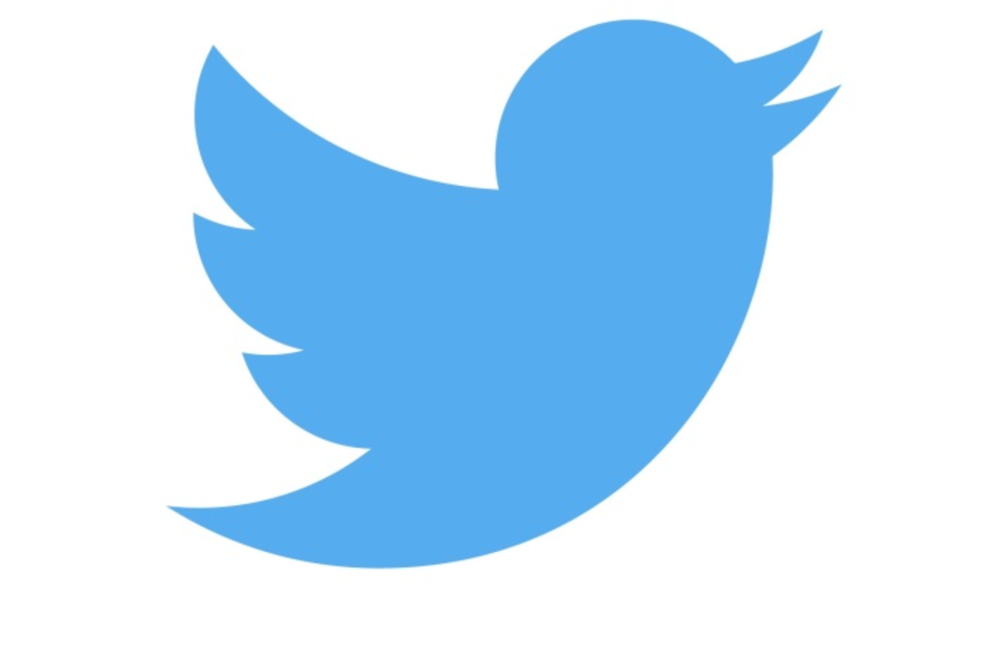On September 26, Twitter announced that it was doubling the maximum length of tweets from 140 characters to 280-character tweets.
So far, tweets in the 141- to 280-character range are only available to a limited set of accounts; many have observed that, in the land of Twitter status symbols, 280-character tweets are the new blue checkmark. The vast majority of tweeters, including many with those blue “verified” checkmarks, are still limited to the old-fashioned 140-character way of doing things — although, reportedly, there are multiple workarounds for that. For all intents and purposes, the tweet lengthening is in beta, and Twitter appears to have shown every indication of eventually rolling out the feature to all Twitter users.
Will having an extra 140-characters help brands, though? Signs point to no – and that it might even hurt them. Research prior to the tweet-length change reportedly suggests that the ideal length of a tweet for brand engagement is 100 characters (or, if a link is included, 120-130 characters). Since the 280 rollout, some have pointed out that longer tweets simply aren’t necessary and that what can be said in 280 can be similarly said in 140.
As Twitter changes and evolves to a lengthier medium, it is entirely possible and perhaps expected that all of this may well change – particularly as it grows, and new and younger users take to the platform. Nonetheless, the ramifications for longer tweets could be profound, suggesting that brands stay the course for now and keep it short, sweet, and simple.
“In my opinion, Twitter thrives in its brevity. That’s what makes it special,” said Rich Cutter, Senior Vice President and Group Creative Director at South Carolina ad agency EP+Co. “I personally think savvy brands that have a strong voice should ignore the extra character addition.”
Cutter represents a number of prominent accounts, including Denny’s – a brand that is known for having a strong Twitter following. And Denny’s, despite receiving 280-character tweets capability, plans to stick to 140.
“Some of the most successful brand tweets are succinct and to the point. They make you smile or laugh without taking too much effort to consume the content,” said Cutter. “If brands choose to use 280-character tweets in an obtrusive way, customers will get turned off.”
Cutter does note, however, that there are a couple of brands that have since had some engaging and impactful 280-character tweets – but the only two he could point to (here and here) were ironic, implicit criticisms of the change.
“The extra character count could lead to a decrease in engagement,” continued Cutter. “I think that some brands would immediately jump at the opportunity to say more on the platform, but do their followers want them to say more?”
This point is important – and is not limited to brands. Ultimately, Twitter is a microblogging platform and, indeed, other microblogging platforms have come along (and gone). Twitter doubling the length of user posts makes that microblogging 50% less “micro”. The narcissistically verbose may rejoice; to be certain, Twitter reports that their research indicates that people are apt to tweet more often when they are less constrained in their tweet length.
At the same time, Twitter risks losing impressions, logins, and even users altogether when users grow weary of scrolling through doubly long posts. (It may be fun to write and post longer tweets, but it’s not generally going to be as much fun to read longer tweets.)
Brands, therefore, may well find it even harder to reach audiences organically.
Perhaps this is part of Twitter’s plan – the idea being that, as user patience wanes and session times shrink in length, brands could feel compelled to have to pony up more for top-of-feed promotional spots. And if that is the idea, it might backfire, particularly with all of the social-network competition out there.
In any case, welcome to the new Twitter.








